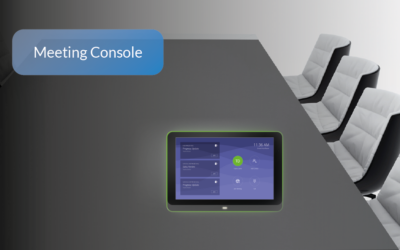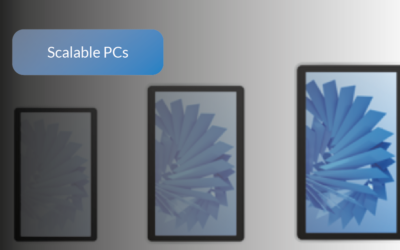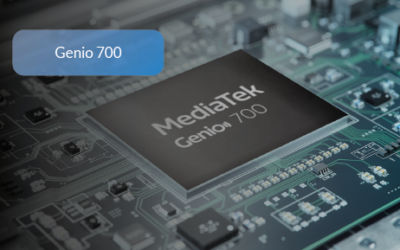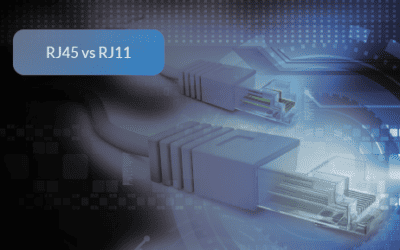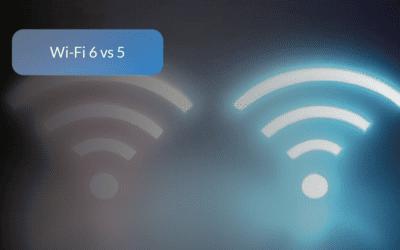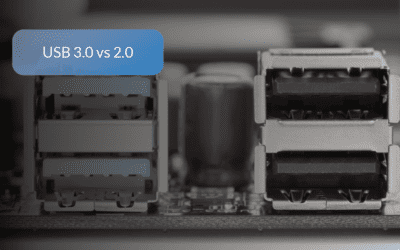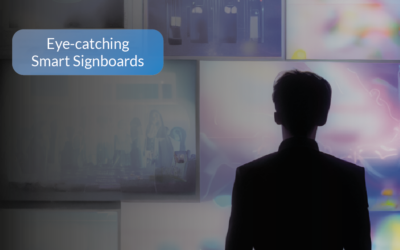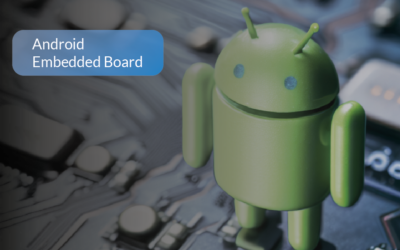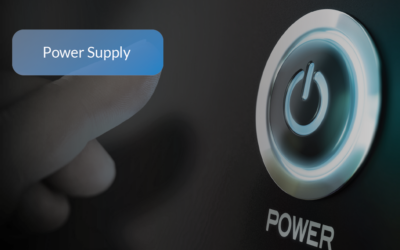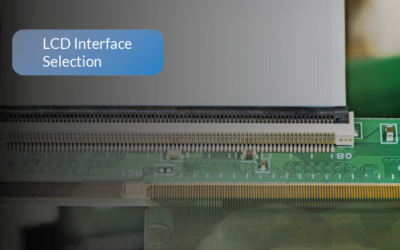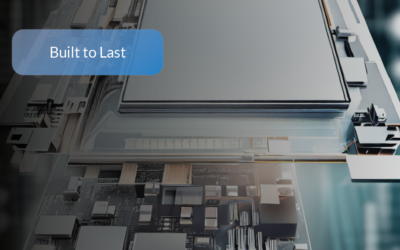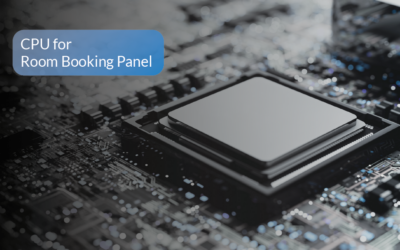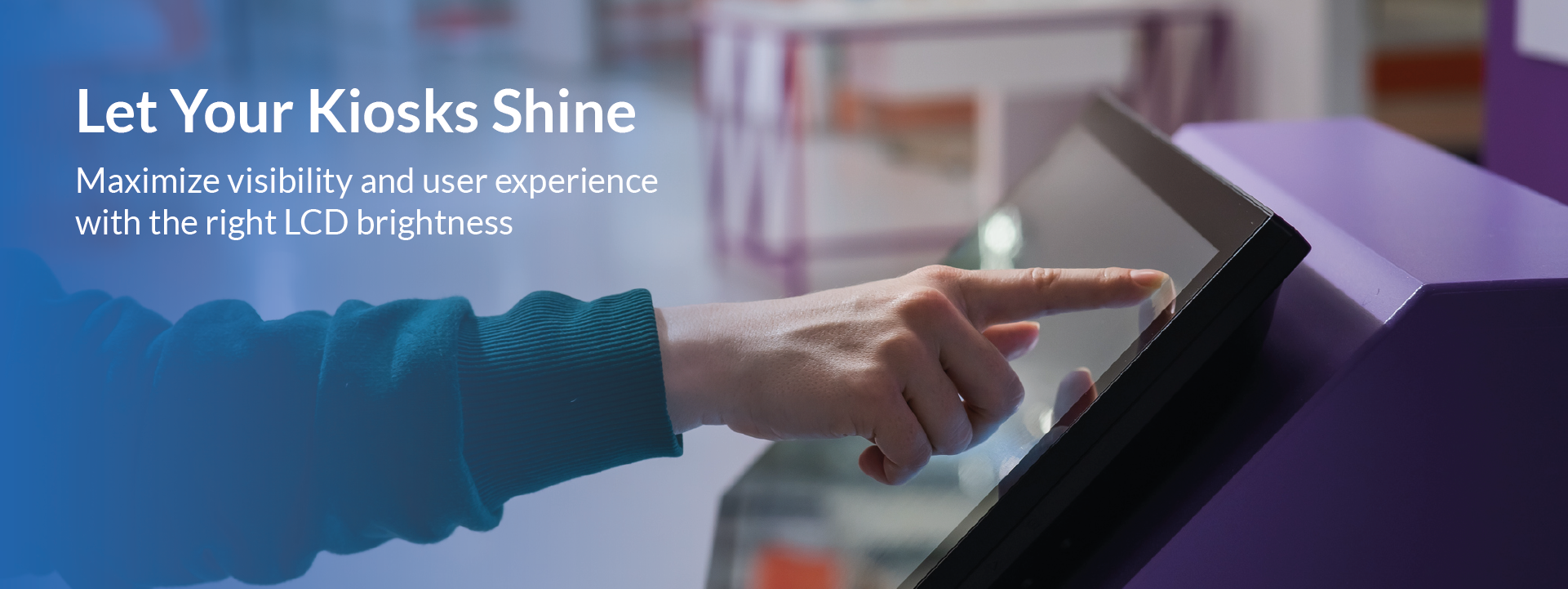
How High-Brightness LCD Displays Can Benefit Your Self-Service Kiosks
Why LCD Brightness Matters for Self-Service Kiosks
Self-service kiosks are becoming increasingly popular in a variety of settings, from retail stores to healthcare facilities. These kiosks provide customers with a convenient way to access information and services, and they can help businesses streamline their operations and reduce costs. One of the most important factors to consider when designing and deploying self-service kiosks is the display technology. LCD displays are a popular choice for their versatility and cost-effectiveness, but the brightness of the display is a crucial aspect that must be taken into account. In this section, we will define LCD brightness and explore its importance for self-service kiosks.
Definition of LCD Brightness and How It’s Measured
The term LCD brightness refers to the level of luminance emitted by the display screen and is a crucial factor in ensuring a clear and visible display. The brightness of an LCD screen is measured in units of candela per square meter (cd/m2), also commonly referred to as nits. As the nits value increases, the brightness of the screen also increases, resulting in a clearer and more vivid display. Therefore, understanding the concept of LCD brightness and its measurement is essential for businesses looking to create optimal user experiences through their kiosk displays.
Factors to Consider When Determining the Optimal LCD Brightness Level for Your Kiosks
Factors to Consider When Determining the Optimal Brightness Level for Your Kiosks
- Screen Size and Aspect Ratio
- Viewing Distance
- Ambient Lighting Conditions
- Desired User Experience
- Energy Efficiency
Understanding the Importance of Choosing the Right Brightness Level for Your Kiosks
- Impact on User Experience
- Impact on Energy Consumption
- Impact on Display Lifespan
- Impact on Maintenance Costs
Choosing the Right Brightness Level for Your Self-Service Kiosks
- Conducting a Needs Assessment
- Consulting with Display Experts
- Selecting a Brightness Range and Adjusting as Needed
- Regularly Evaluating and Adjusting Brightness Levels
By taking into account these important factors and choosing the optimal brightness level for your self-service kiosks, you can create an ideal user experience while also minimizing energy consumption and maintenance costs.
The Benefits of High-Brightness LCD Displays for Self-Service Kiosks
When it comes to self-service kiosks, high-brightness LCD displays offer a range of benefits that enhance the user experience and provide improved visibility and clarity. Here are some of the key advantages of using high-brightness LCD displays for your self-service kiosks:
- Improved Visibility: High-brightness LCD displays are designed to provide clear and visible content even in bright and direct sunlight. This ensures that users can easily read and interact with the kiosk, regardless of the lighting conditions.
- Better User Experience: A high-brightness display enhances the user experience by providing clear and vivid images and text. This ensures that users can easily navigate the kiosk and complete their tasks without any hassle.
- Increased Efficiency: High-brightness LCD displays also provide increased efficiency by reducing the need for additional lighting or shading. This not only saves energy but also reduces the overall costs of operating the kiosk.
- Larger Screen Sizes: As the screen size increases, higher brightness levels are needed to ensure visibility and clarity. High-brightness LCD displays make it possible to provide larger screen sizes without sacrificing visibility or user experience.
Selecting the Right LCD Brightness for Your Self-Service Kiosks
Now that you understand the importance of LCD brightness for your self-service kiosks, it’s time to select the right level of brightness for your specific use case. Here are some factors to consider when choosing the right LCD brightness:
- Screen size: The larger the screen size, the higher the brightness needed for optimal visibility.
- Ambient lighting: If your kiosk is placed in an area with high ambient lighting, such as near a window or under bright lights, a higher brightness level may be necessary.
- Viewing distance: Consider the distance between the user and the screen. If the user is standing close to the screen, a higher brightness may be needed for a clearer image.
- Application: Consider the purpose of your kiosk and what type of content will be displayed. If your kiosk is displaying bright, high-resolution images or videos, a higher brightness level may be necessary.
By taking these factors into consideration, you can select the right LCD brightness for your self-service kiosks and ensure optimal visibility and user experience.
Bigger Screen, Higher Brightness
As the screen size of self-service kiosks increases, it’s important to note that higher brightness levels are needed to maintain visibility and readability. A larger screen size can lead to a lower pixel density, which in turn can reduce the brightness of the screen. This means that a higher brightness level is required to ensure that the display remains clear and legible, especially in areas with high ambient light.
The required brightness level for a larger screen size will depend on factors such as the viewing distance, ambient light, and content being displayed. It’s essential to take these factors into account when selecting the appropriate brightness level for your self-service kiosk display.
| Screen Size | Full Dark Environment | Indoor without Lighting | Indoor Lighting | Bright Shop Lighting / Overcast Skies, No Shadows Present |
|---|---|---|---|---|
| 10”-15” | Up to 50 nits | 200 nits | 300 nits | 500-700 nits |
| 15”-19” | Up to 100 nits | 300 nits | 500 nits | 700-1000 nits |
| 19”-24” | Up to 200 nits | 500 nits | 700 nits | 1000-1500 nits |
| 24”-32” | Up to 300 nits | 700 nits | 1000 nits | 1500-2000 nits |
| 32”-55” | Up to 500 nits | 1000 nits | 1500 nits | 2000-2500 nits |
| 55” and above | Up to 1000 nits | 2000 nits | 2500 nits | 3000+ nits |
Note: This table serves as a general guideline, and the actual recommended brightness may vary depending on specific use cases and environmental factors.
It’s important to remember that laptops are typically between 200 and 300 nits bright. For everyday tasks such as productivity and media consumption, this brightness level may be adequate. But self-service kiosks, which require clear visibility and legibility in high-ambient lighting environments, need higher levels. According to the application and the environment, the required brightness level for larger screens (such as those used in self-service kiosks) can vary from 500 nits to 3000+. The LCD brightness level you select will determine the optimal visibility and user experience of your self-service kiosk. Your kiosk’s efficiency, readability, user experience and overall efficacy can all be affected by the LCD brightness you choose. These factors will assist you in making an informed choice when selecting the right brightness LCD for your self-service kiosk.
Conclusion
In conclusion, high-brightness LCD displays offer a range of benefits for self-service kiosks in various industries. From improving visibility and clarity to enhancing the user experience, the right LCD brightness level is essential for the success of your kiosk solution. By considering factors such as screen size, ambient lighting, and location, you can choose the optimal LCD brightness level that meets your specific requirements.
Recommendation: With LV-Tron’s LVK-2210-A kiosk product, you can be sure to have a reliable and customizable solution that meets your unique needs. With a robust and reliable design, easy-to-integrate features, and advanced device management tools, LV-Tron’s kiosk product offers enhanced security, minimal maintenance, and future-proof scalability. Maximize the potential of your self-service kiosks by incorporating high-brightness LCD displays and utilizing the features of the LVK-2210-A kiosk product from LV-Tron.
Comprehensive AIoT Industrial Computer Terminology Guide
Discover Optimized Solutions for Your Business Advantages. Contact Us Today!
Meeting Console Solution
LV-Tron Introduces Meeting Console Turnkey Solution for ProAV Branders Compatible with Microsoft Teams Rooms (MTR) and Zoom Rooms LV-Tron, a leading provider of innovative technology solutions, is proud to introduce the Meeting Console Solution. This offering is...
Transform Your Operations with Scalable Panel PCs
Transform Your Operations with Scalable Panel PCs Industrial PCs have become a cornerstone of modern industrial operations, offering robust and reliable solutions for a variety of applications. However, as industries evolve and requirements become more complex, the...
Driving IoT Innovation with LV-Tron and MediaTek Genio 700 (MT8390)
Driving IoT Innovation with LV-Tron and MediaTek Genio 700 (MT8390) As we continue to embrace the digital age, the Internet of Things (IoT) has become a significant part of our daily lives, with an estimated number of connected devices projected to exceed 75 billion...
The Benefits of Purpose-Built Visitor Management System Kiosks
The Benefits of Purpose-Built Visitor Management System Kiosks Visitor Management System Kiosks are self-service kiosks that allow visitors to check-in, register, and obtain a badge for entry into a facility. In recent years, the need for enhanced security and safety...
RJ45 vs RJ11: Decoding the Mystery of the Fast Connections
RJ45 vs RJ11: Decoding the Mystery of the Fast Connections In our interconnected universe, sluggish network speeds cause frustration and anxiety. Understanding RJ45 and RJ11 connectors is essential for networking and telecom applications. Making a common...
Wi-Fi 6 vs Wi-Fi 5: In-Depth Analysis for Industrial PC Applications
Wi-Fi 6 vs Wi-Fi 5: In-Depth Analysis for Industrial PC Applications With increasing demands for IoT (Internet of Things) devices and industrial PCs, selecting an ideal wireless standard for connectivity becomes more of a critical decision than ever. Here, we present...
USB 3.0 vs 2.0: Which One to Use for Industrial Applications?
USB 3.0 vs 2.0: Which One is Best for Optimized Performance and Cost-Effectiveness? Finding a balance between performance and cost when selecting USB 3.0 and 2.0 for industrial projects is essential. Since its debut in 1996, USB technology has advanced greatly; more...
Selecting the Best Smart Signboard for Capturing Maximum Attention
Discover the essential factors to consider when selecting the perfect smart signboard for your business or project. Learn how to capture maximum attention with the right combination of purpose, size, display quality, connectivity, compatibility, durability, and maintenance. Follow our comprehensive guide to make an informed decision and achieve success with your smart signboard investment.
The Most Flexible and Scalable Android Embedded Board for Your Projects
Choosing the right Android embedded board is crucial for the success of your IoT project. With so many options available, it can be overwhelming to determine which board is best suited for your project. LV-Tron’s Android embedded board options offer a range of advantages, including cost and performance considerations, scalability and flexibility, quick development time, and exclusive features such as hardened Android operating systems and remote device management apps. With LV-Tron’s expertise in the latest technologies and industry trends, you can be confident that our Android embedded board options will meet your project requirements
Choosing the Right Industrial PC Power Supply: Embedded, External, or PoE?
Choosing the Right Industrial PC Power Supply: Embedded, External, or PoE When it comes to powering industrial PCs, three primary options exist embedded power supplies, external power supplies and Power over Ethernet (PoE). Embedded power supplies are built into the...
MIPI, eDP and LVDS: How to choose the right LCD Interfaces for Industrial PCs
Selecting the appropriate display interface technology is crucial for industrial PCs to ensure optimal functionality and high-quality display performance. In this article, we will discuss the features and benefits of MIPI, eDP, and LVDS technologies, all popular LCD interfaces used in industrial PCs. Understanding the differences between these technologies can help you choose the right one for your specific needs and requirements.
Best LCD Types for IPC: TN, IPS, and VA Compared
LCD displays are the most commonly used display technology in industrial PCs due to their durability, versatility, and cost-effectiveness. In this article, we explore the three main types of LCD displays: TN, IPS, and VA, and their benefits for industrial PC applications. We discuss the strengths and weaknesses of each display type, and provide insights on choosing the right display type for your industrial PC. From considering the specific requirements of your application to assessing the environmental conditions in which your industrial PC will operate, we cover all the essential factors to help you make an informed decision. Whether you’re looking for high image quality for graphic design or need accurate color representation for medical imaging, this article will provide you with the knowledge to select the right display technology for your industrial PC needs.
How LV-Tron’s Industrial-Grade Room Booking Panels are Built for Reliability
LV-Tron’s industrial-grade room booking panels are designed to withstand harsh environments and heavy usage. They are built with high-quality industrial-grade components, secure mounting options, and offer software-level security measures. The panels are fanless, shock/vibration resistant, and undergo rigorous quality testing to meet industrial-grade standards for both hardware and firmware. With these features, LV-Tron’s room booking panels provide a reliable and durable solution for any space.
Choosing the Right CPU Platform for Your Room Booking Panel: Advice from Industrial PC Experts
Choosing the right CPU platform is crucial for optimal performance of your room booking panel. Learn about NXP, MediaTek, and Rockchip CPU options, their benefits and things to consider, and factors to keep in mind when choosing a CPU for your room booking app. LV-Tron, with over 20 years of experience in industrial computers, offers expert guidance and evaluation to help you find the most effective, cost-saving, and future-proof solution for your needs.


